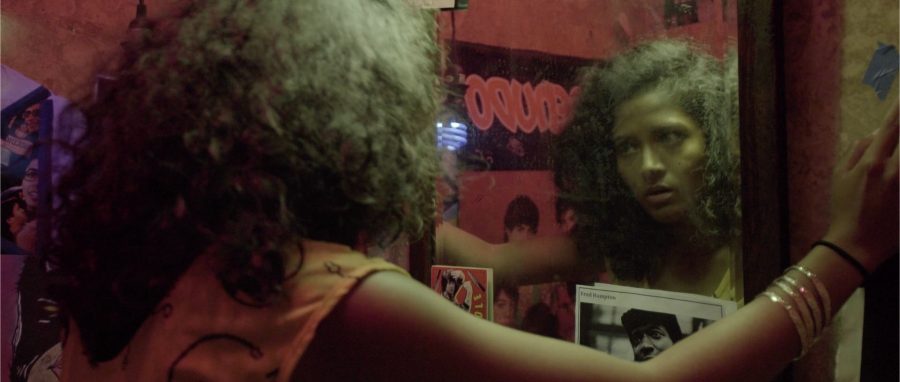‘Brown Girls’ does intersectional feminist shows right
Nabila Hossain as Leila in a scene from the web series “Brown Girls” presented by OpenTV.
Feb 28, 2017
 When the show “Broad City” first emerged onto TV screens in 2014, the public raved over the down-to-Earth show about two colorful, New York City women named Abby and Ilana.
When the show “Broad City” first emerged onto TV screens in 2014, the public raved over the down-to-Earth show about two colorful, New York City women named Abby and Ilana.
More specifically, the show was lauded for its representation of women and other marginalized groups as well as its contemporary, feminist dialogue.
Even earlier than that, when HBO’s “Girls” first aired in 2012, the show’s writers and creators were praised for their supposedly groundbreaking feminist foundation.
Yet while both shows have generated much-needed discussions about representation in television, they haven’t always been true to multifaceted, intersectional feminism.
In “Broad City,” the two main characters are white, college-educated women living in high-cost New York City. Though they aren’t exactly rich, they’re pretty well-off when it comes to 20-something year olds who had just graduated from NYU without making an active effort to pursue actual careers.
Get The Daily Illini in your inbox!
And in “Girls,” writer and creator Lena Dunham has been called out numerous times for being a “white feminist.” Additionally, “Girls” revolves around a group of mostly young, white, college-educated, economically okay women.
Both of these shows only offer something “different” amid the plethora of vanilla shows whenever they include a sprinkle of people of color and/or LGBTQIA+ individuals.
Fatima Asghar and Sam Bailey’s newly released “Brown Girls,” however, attempts to finish the job that supposed feminist and inclusive shows never even started.
The online miniseries revolves around two young women of color who are figuring out their lives in Chicago: Leila, a queer Muslim writer who’s struggling to gain confidence, and Patricia, a black musician with a highly-evident case of commitment-phobia.
Throughout the series, characters with different racial and ethnic backgrounds, sexual orientations, economic statuses, and body types are represented without centering the show around the characters’ differences.
“Brown Girls” was able to accurately represent people from multiple, intersecting identities in seven 15-minute-or-less episodes than “Broad City” or “Girls” was able to in multiple seasons with 30-60 minute episodes.
And though “Brown Girls” is taking on the arduous task of picking up the slack of diversity in television, there could always be more representation. However, this is only the beginning for the miniseries.
“We’re really excited about the potential of a second season, because there’s so much that’s ripe to explore,” Asghar told The Fader.
Hopefully, “Brown Girls” can branch out to explore other identities that don’t get much of a spotlight. But for now, this show deserves to be applauded for its success at telling such important, honest stories in such little time.
Tatiana is a freshman in Media.






